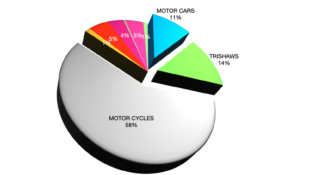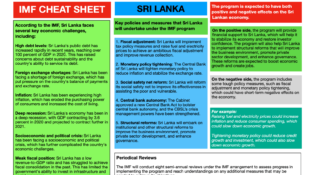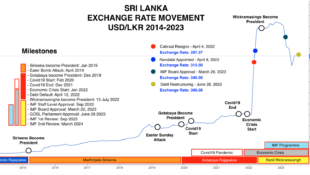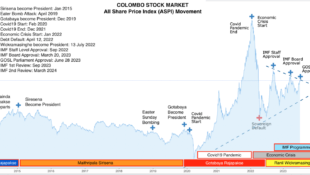What are Cash and Cash Equivalents?
Cash and cash equivalents is a line item on the balance sheet, stating the amount of all cash or other assets that are readily convertible into cash. Any items falling within this definition are classified within the current assets category in the balance sheet. The two primary criteria for classification as a cash equivalent are that an asset be readily convertible into a known amount of cash, and that it be so near its maturity date that there is an insignificant risk of changes in value due to changes in interest rates by the time the maturity date arrives. If there is any question about whether a financial instrument can be classified as a cash equivalent, consult with the company's auditors.Cash and cash equivalents information is sometimes used by analysts in comparison to a company's current liabilities to estimate its ability to pay its bills in the short term. However, such an analysis may be excessively conservative if there are receivables that can be readily converted into cash within a few days; in this case, receivables should also be included in the analysis.
Types of Cash and Cash Equivalents
Examples of cash are as follows:- Coins
- Currency
- Cash in checking accounts
- Cash in savings accounts
- Bank drafts
- Money orders
- Petty cash
Examples of cash equivalents are as follows:
- Commercial paper
- Marketable securities
- Money market funds
- Short-term government bonds
- Treasury bills
 would enable you to enjoy an array of other services such as Member Rankings, User Groups, Own Posts & Profile, Exclusive Research, Live Chat Box etc..
would enable you to enjoy an array of other services such as Member Rankings, User Groups, Own Posts & Profile, Exclusive Research, Live Chat Box etc.. 
 Home
Home



















No Comment.